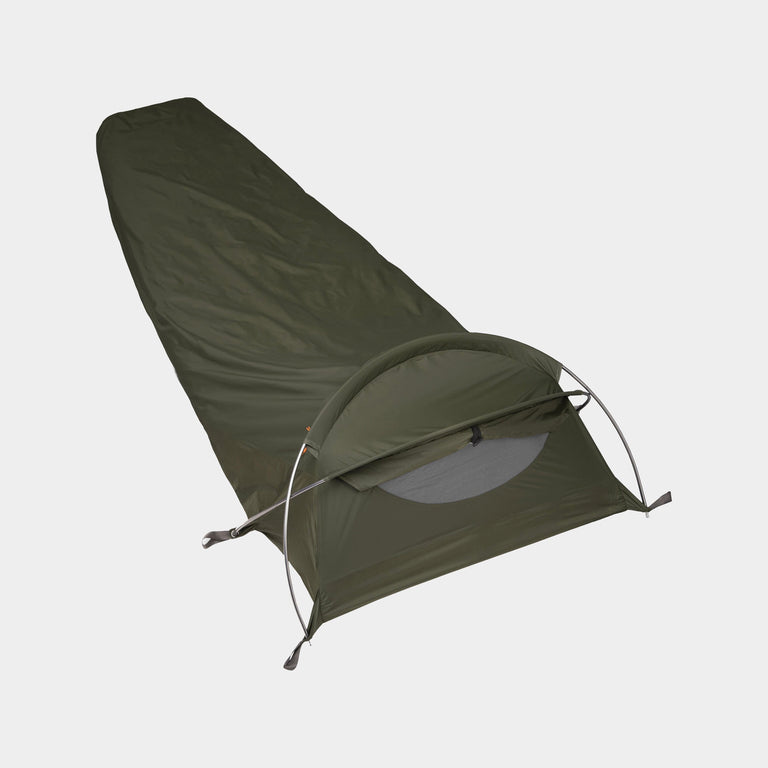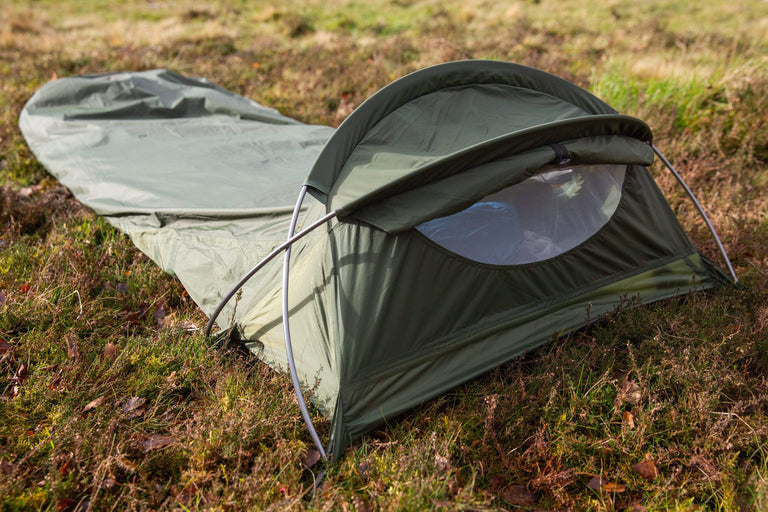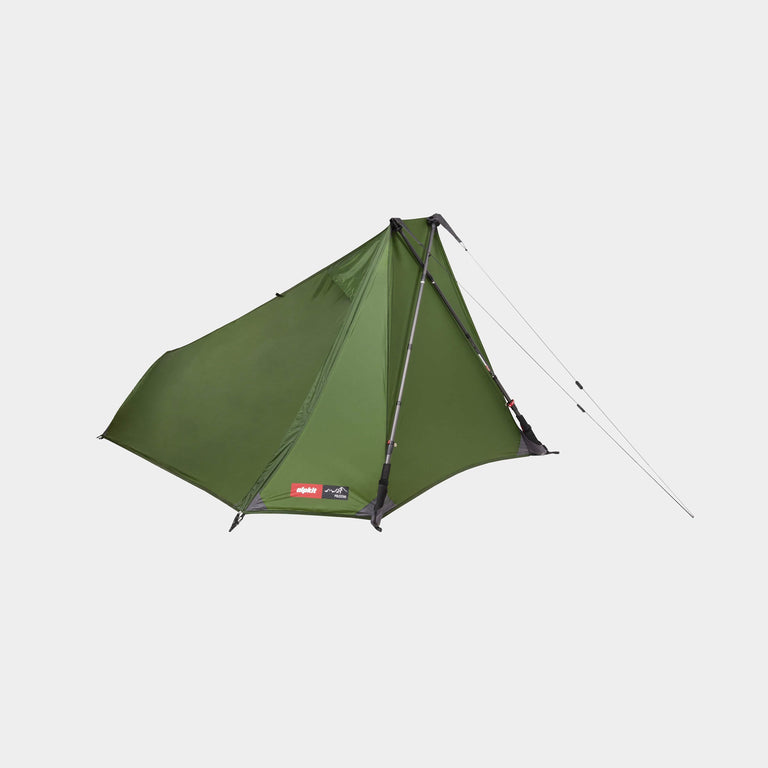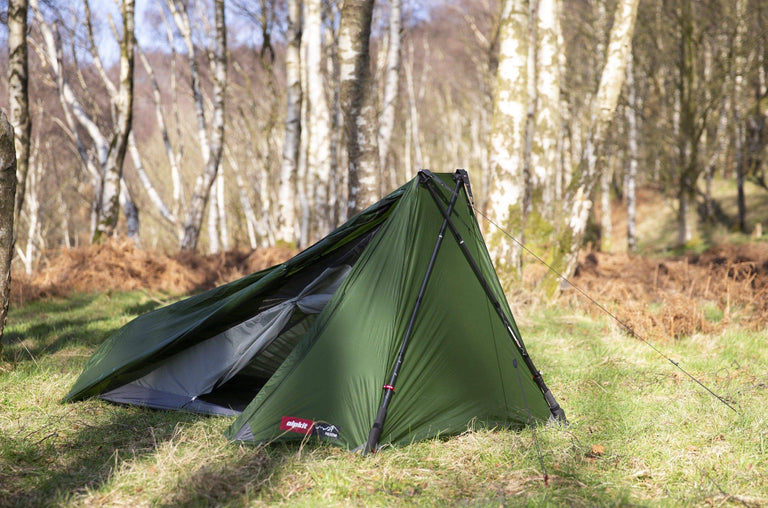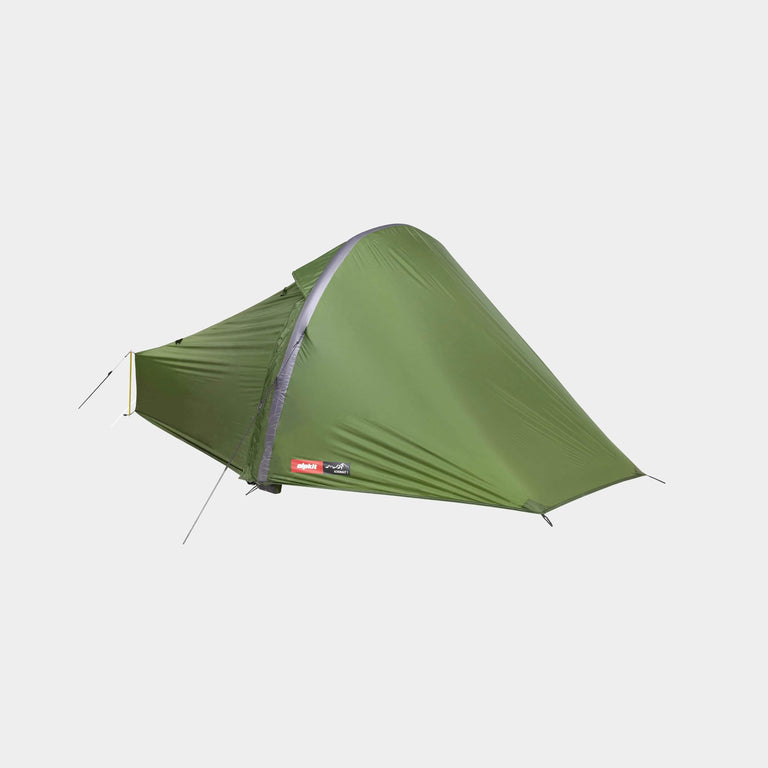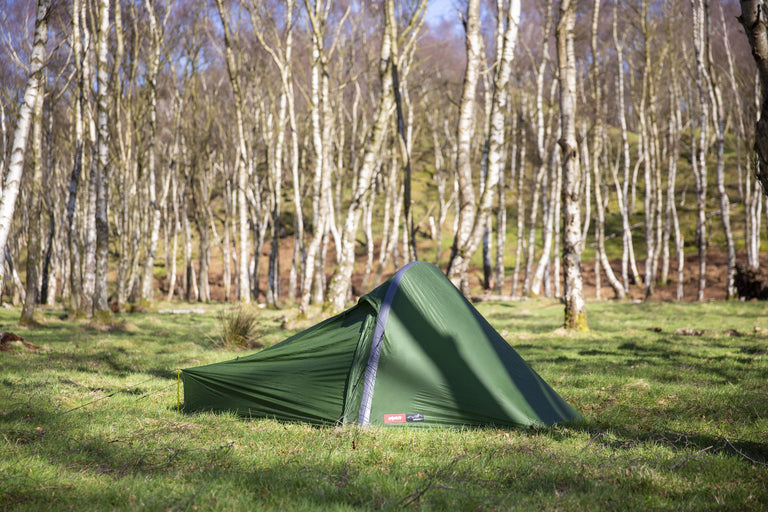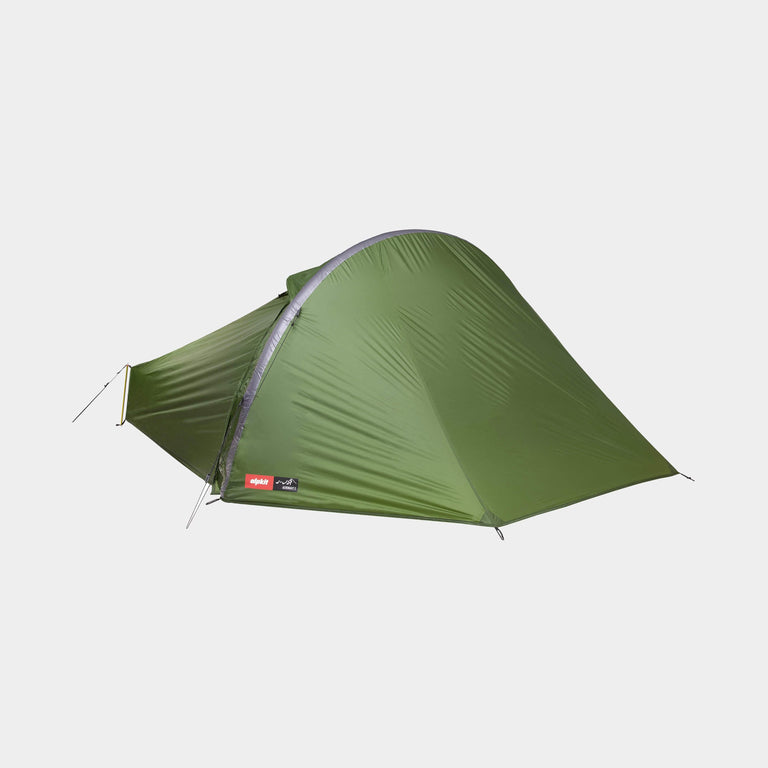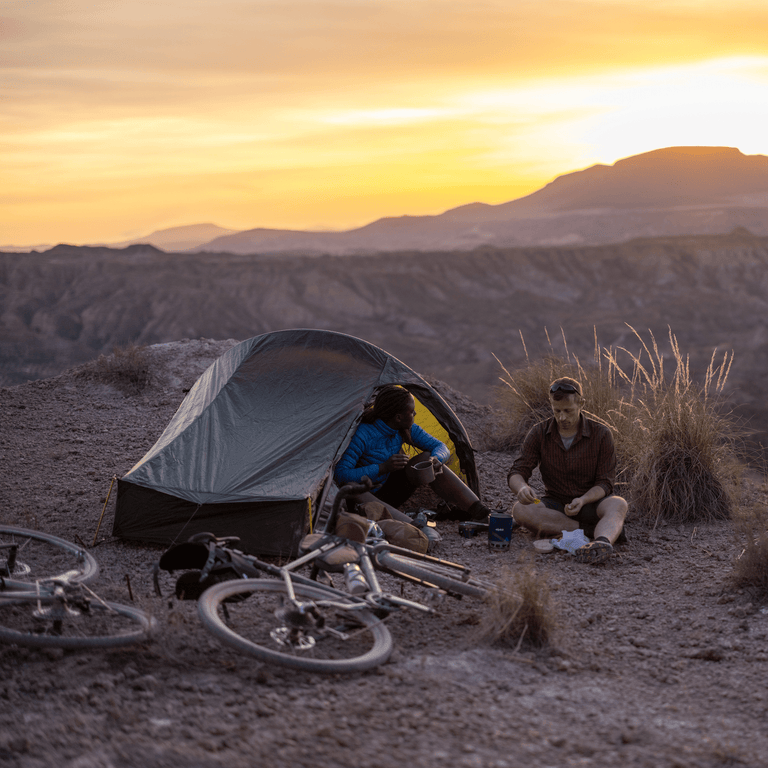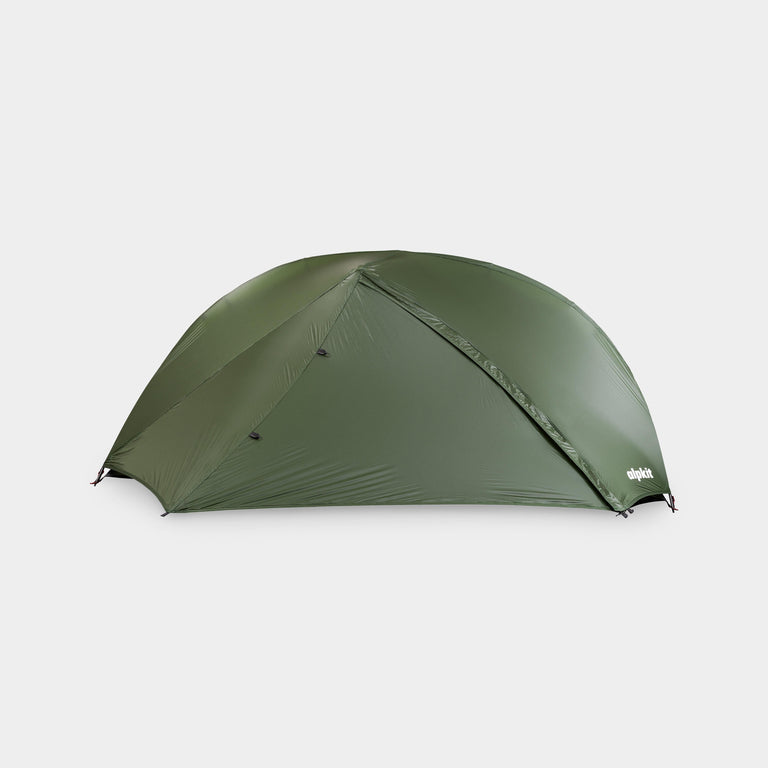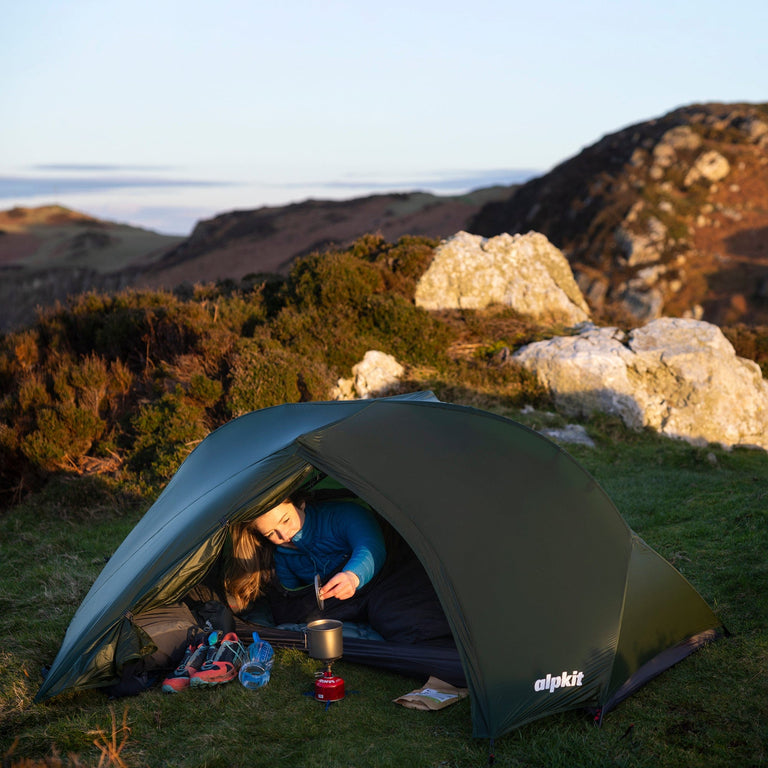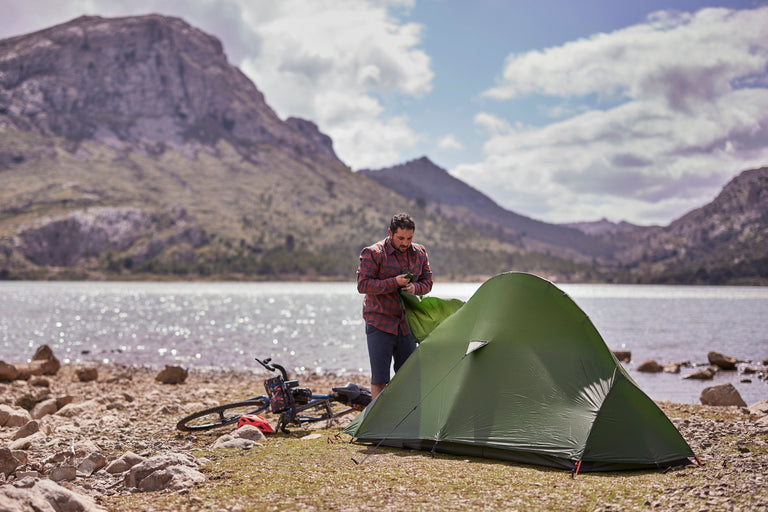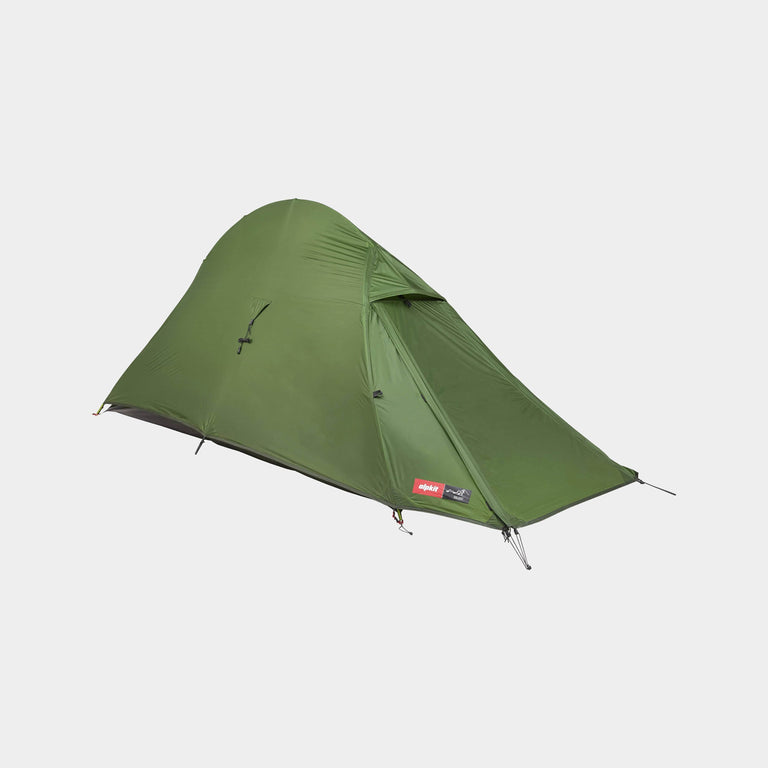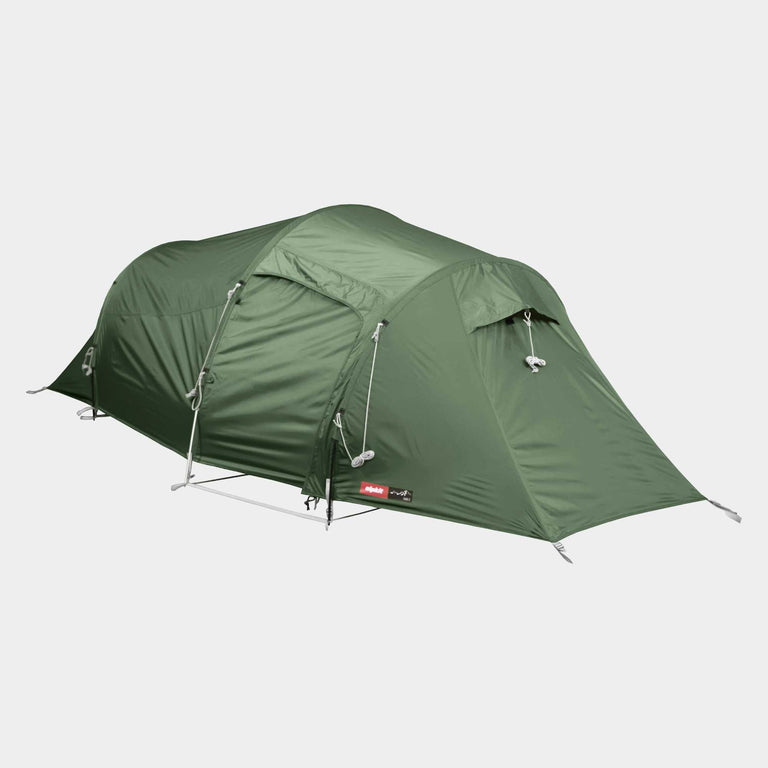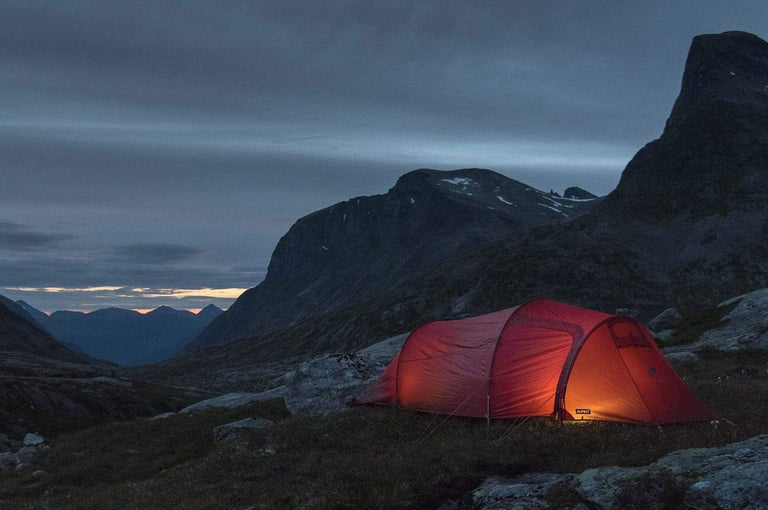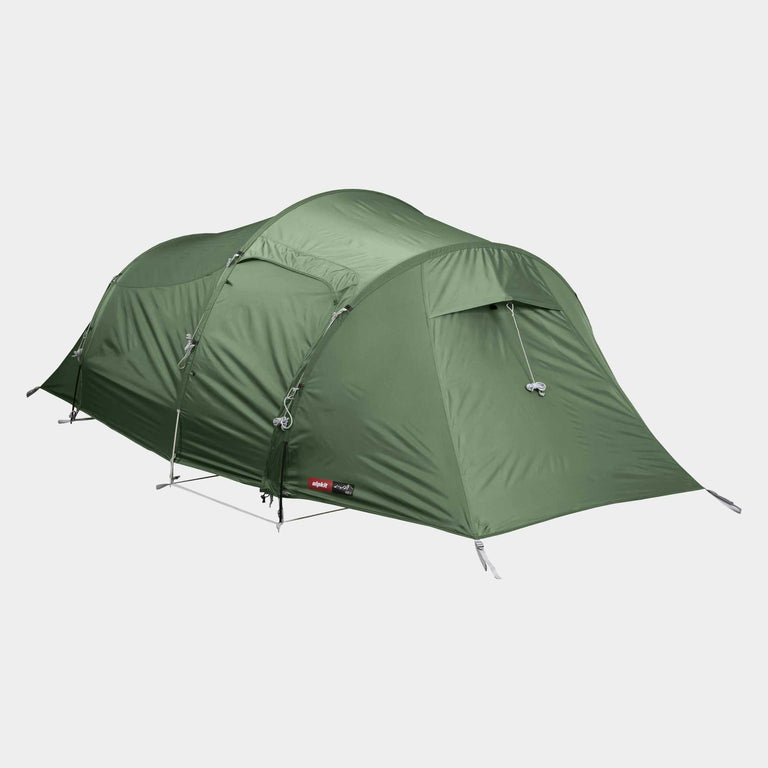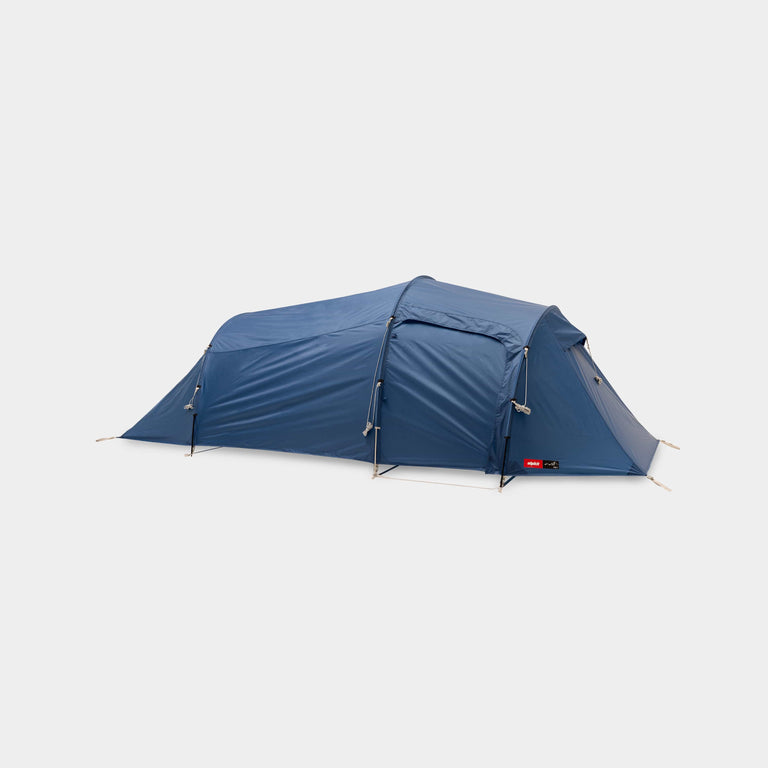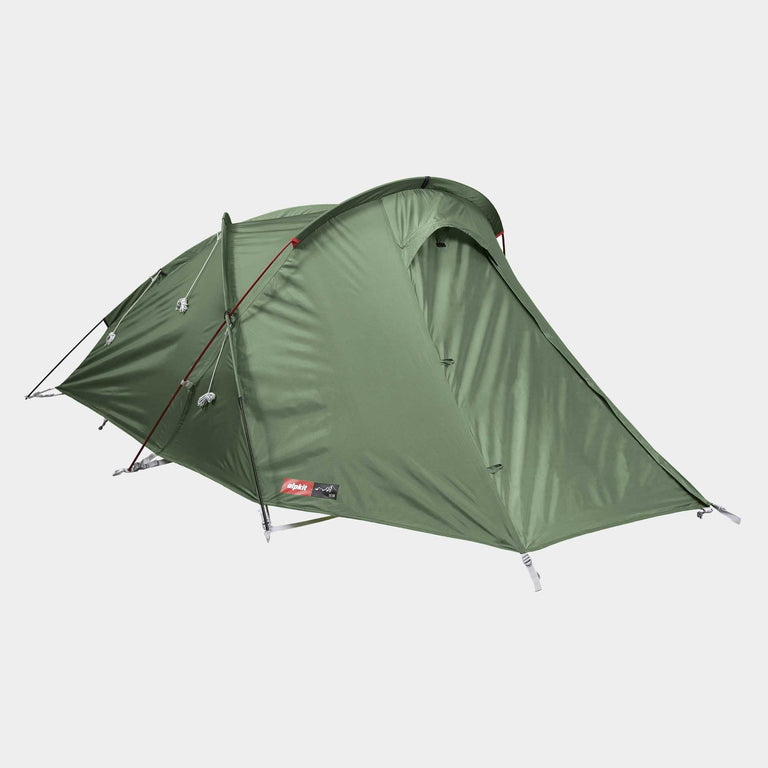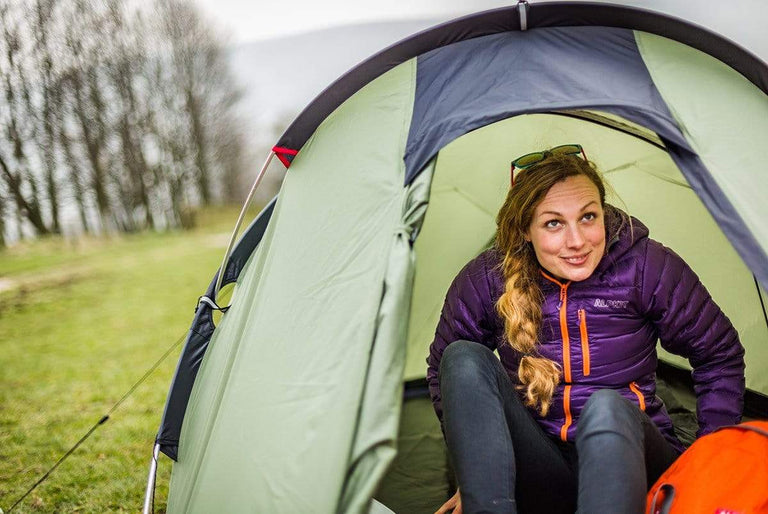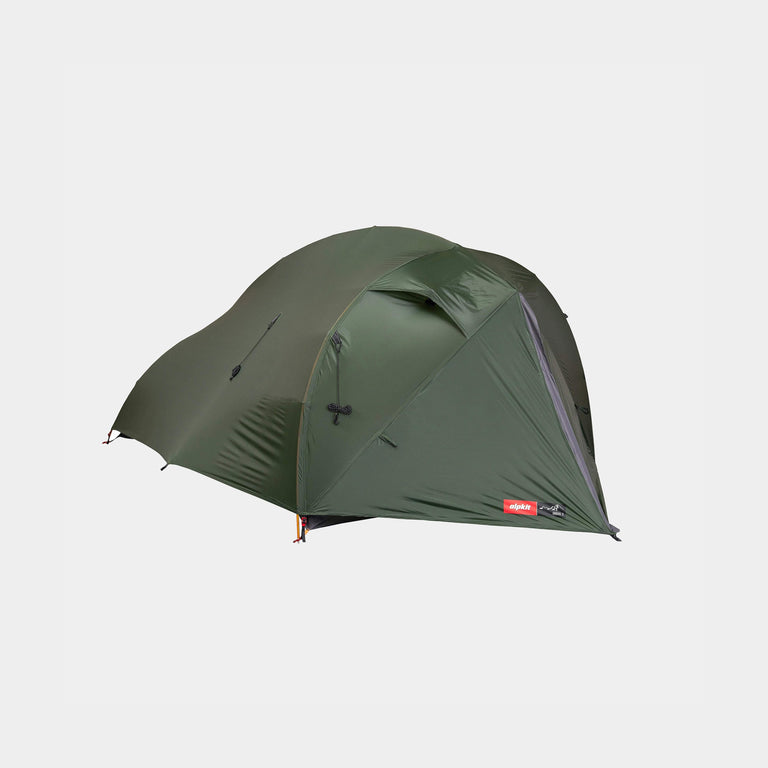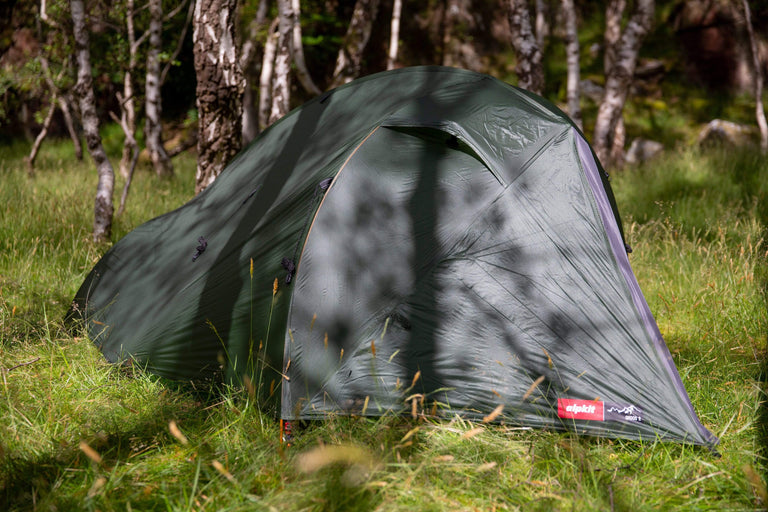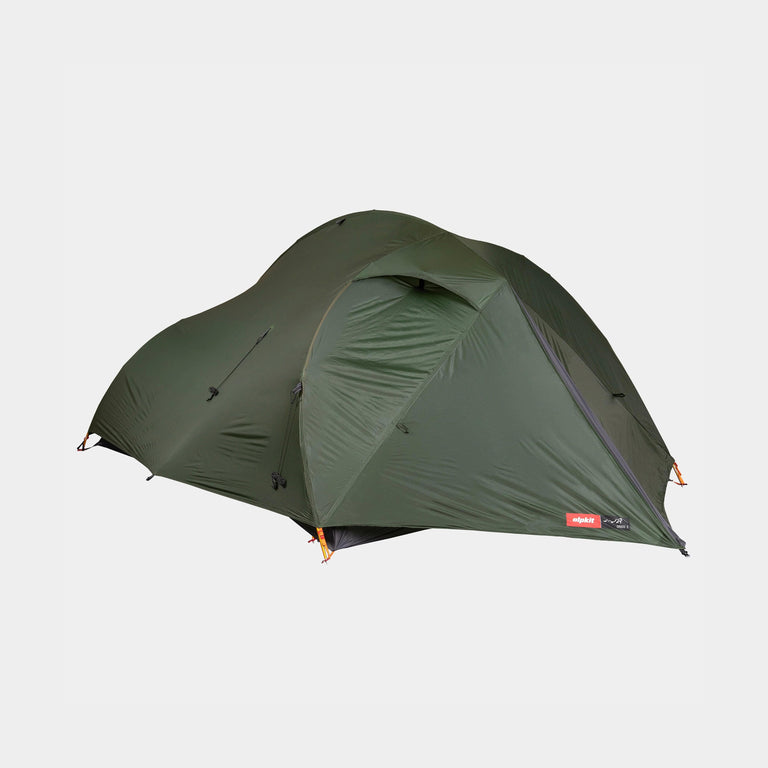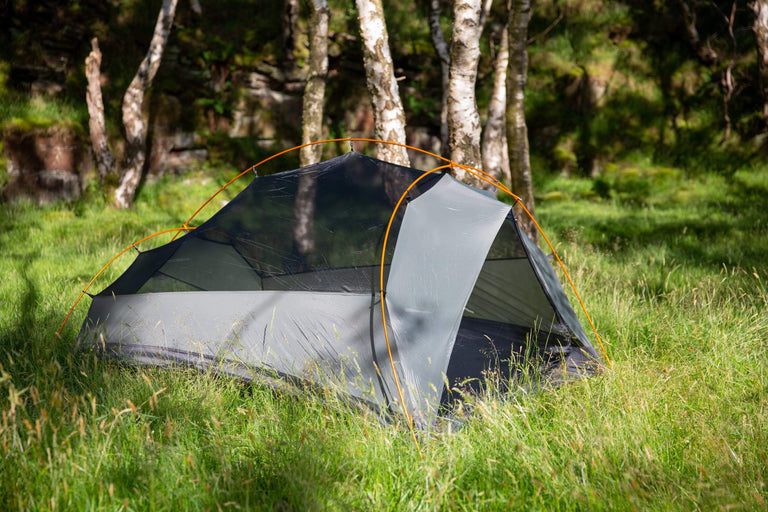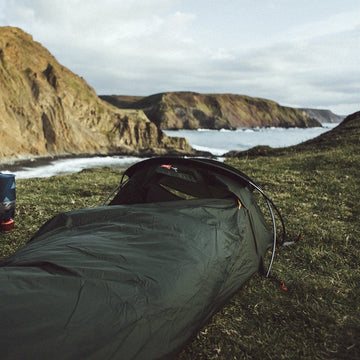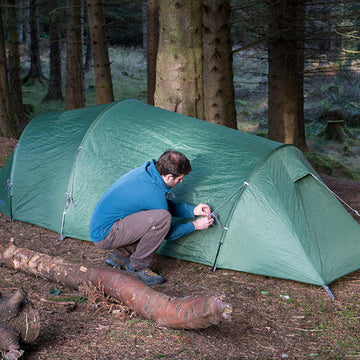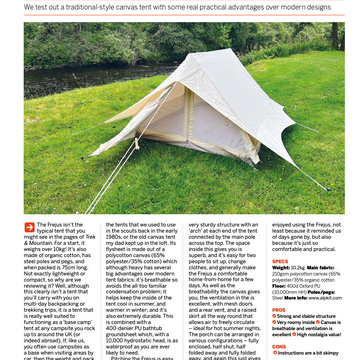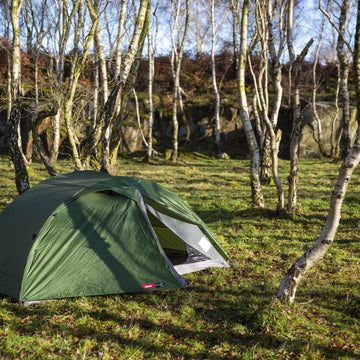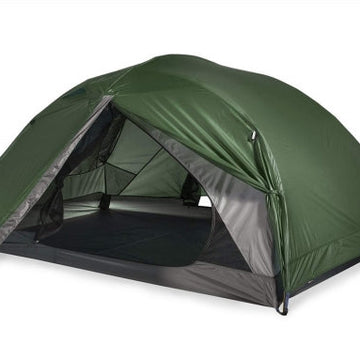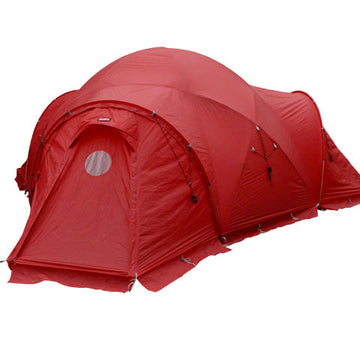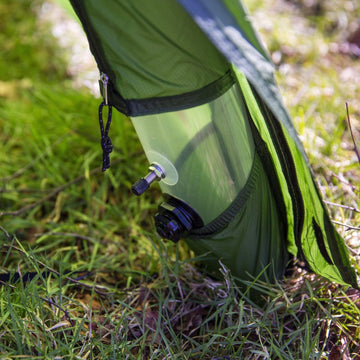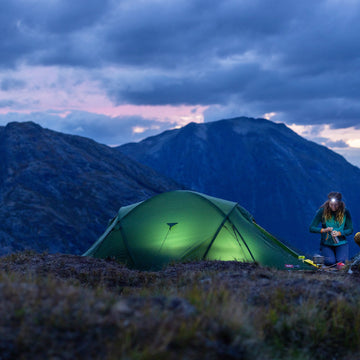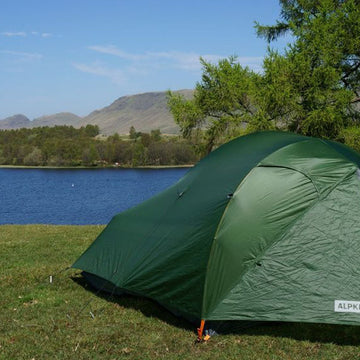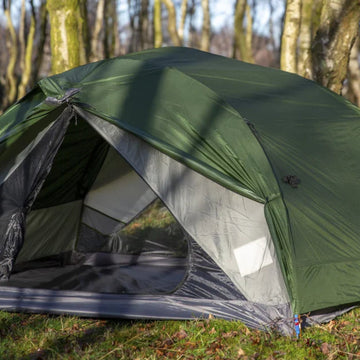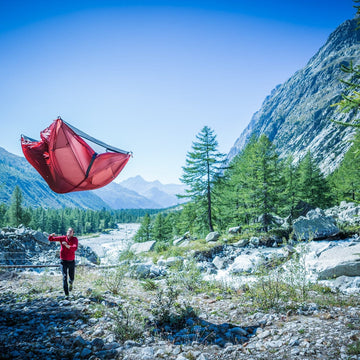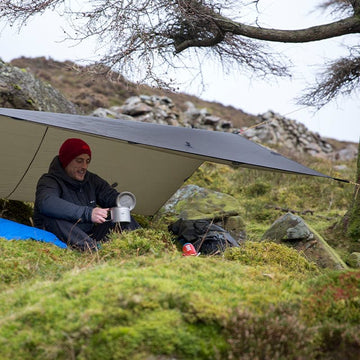
The right lightweight tent enhances your wilderness experience. It's an essential oasis for relaxation and storage.
This article is the second recipe in 6 weight saving recipes to shave weight off your DofE expedition kit list, a series of articles to help you save weight on your expedition kit without compromising comfort or utility, helping you to make more sustainable choices and invest in kit that will last a lifetime.
Planning an outdoor adventure is exciting, especially when it comes to choosing the right gear for a great night's sleep – like a sturdy shelter, a cosy sleeping bag, and a comfortable sleeping mat. You'll want a shelter that's both strong and lightweight and easy to set up. A sleeping bag that keeps you warm and a sleeping mat for extra comfort. These are all elements which are key to protecting you from the weather and ensuring you get a good night's sleep.
This is also the area where you can make your biggest weight savings. We reckon you can save nearly a kilo spread over the tent, sleeping bag and sleeping mat.
How can you save weight on your DofE expedition?
The DofE publish a recommended expedition kit list which is a great place to start if you are kitting yourself out for the first time. Using this we have compiled a list of alternatives that will help you reduce the weight of your pack. Our recommendations are a guide – you should always check with your Expedition Leader that the kit you choose is suitable for your particular expedition.
| Our choice | DofE recommended kit | |
|---|---|---|
| Aeronaut 2 | Vango Apex Compact 200 | |
| Weight | 1.5 kg (Save 400g) | 1.9 kg |
| Pack size | 32 x ⌀15 cm | 30 x ⌀16 cm |
| Ordos 2 | Vango Nevis 200 | |
| Weight | 1.5 kg (Save 300g) | 1.8 kg |
| Pack size | 42 x ⌀13 cm | 46 x ⌀15 cm |
| Jaran 2 | Vango Helvellyn 200 | |
| Weight | 2 kg (Save 460g) | 2.46 kg |
| Pack size | 42 x ⌀15 cm | 46 x ⌀16 cm |
| Cloud Peak 300 sleeping bag | Vango Zenith 300 | |
| Weight | 1.5 kg (Save 400g) | 1.9 kg |
| Pack size | 37 x ⌀25 cm | 24 x ⌀22 cm |
| Limit | -8°C | -4°C |
| Airo sleeping mat | Vango Trek Pro 3 | |
| Weight | 630 g (Save 230g) | 860 g |
| Pack size | 27 x ⌀13 cm | 26 x ⌀15 cm |
| R-value | 2.8 | 4 |
Your takeaway guide to tents and sleep systems
Don't waste your time going around in circles, focus on what matters and put what you learn into practice.
The fundamentals of your sleeping system
- Waterproof backpacking tent
- Ground sheet (optional)
- 3 season sleeping bag
- Sleeping mat
How to prepare your sleep system for your expedition
- Do you have anyone with wide shoulders in your team? Choose a tent that accommodates your group comfortably.
- Practice putting your tent up, especially in the wind. Untangle any guy ropes, and replace any bent pegs.
- A 3/4 length sleeping mat can save you weight while still keeping your core body warm.
- Pack a repair kit if using a self-inflating camping mat.
- Pack your sleeping bag in a drybag to keep it dry. A wet sleeping bag is heavy and less effective at keeping you warm.
- Select a sleeping bag rated for the lowest temperature you expect.
- Plan how you are going to share the weight of the tent across your team.
Try this in the field
- Find a flat, dry spot to set up your tent.
- Keep any wet clothes in the vestibule of your tent.
- Use a ground sheet for extra moisture protection.
- Secure your tent with pegs and guy lines; it might get blowy later.
- Puff up your sleeping bag before getting inside for a comfortable night's sleep.
The next step
Consider a tarp and bivvy bag for greater weight savings or a hammock for lightweight travel in forested areas. Upgrade to a lighter tent as the length of your expeditions increases through Bronze, Silver and Gold Awards.
Our next guide covers first aid and safety equipment where you can pinch a few grams on your survival bag.

